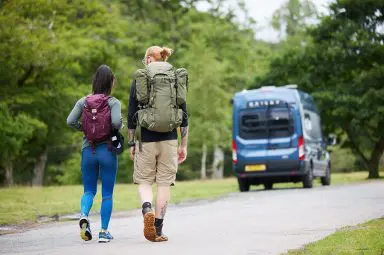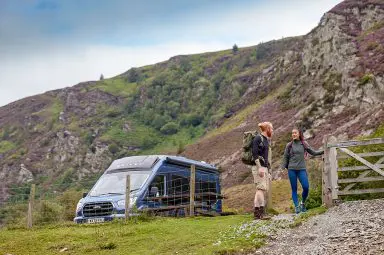-20°C in The Dolomites: A Real-Life Grade 3 Heating & Insulation Test
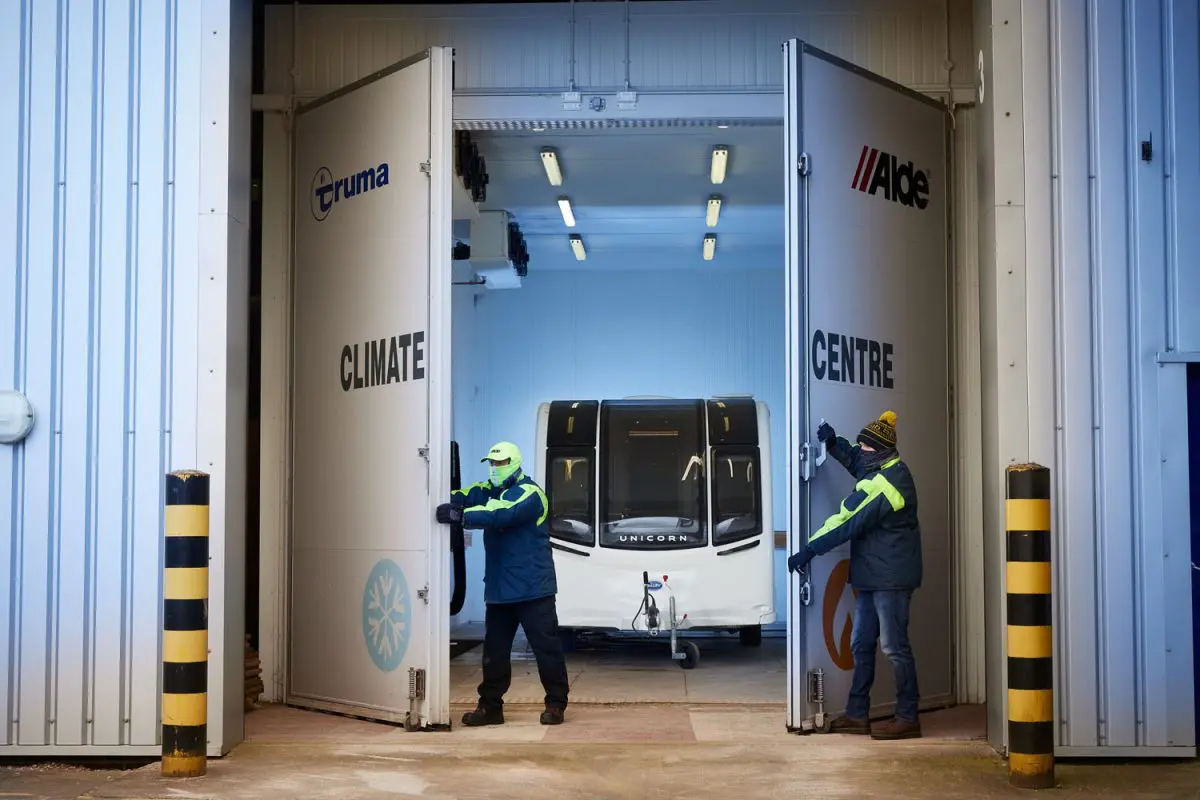
The Grade 3 test begins by placing the particular Bailey model into a climate chamber that resembles a giant-sized freezer. The caravan, campervan, or motorhome has all doors and windows opened before being ‘soaked’ at -15°C until every crevice is at this hyperthermia-inducing temperature. Then, with the doors and windows closed, the heating is turned on, and a timer is set to see how long it takes for the interior temperature to reach +20°C. To pass the Grade 3 test, the habitation area must reach the desired temperature within four hours. I’ve witnessed this process a few times at Truma’s Derbyshire HQ, and it’s incredibly reassuring to see Bailey models shave an hour or more from the allotted time, especially when you’re due to travel to a particularly cold place.
Before embarking on the Arctic Adventure in 2017, I spent the night in Truma’s Climate Centre at -15°C to see if a caravan could cope with the temperatures we’d face. Fast forward to 2024, and two new Bailey models – the Endeavour and Alora – had recently passed the Grade 3 Heating and Insulation Test with flying colours, which meant they were ready for the next Bailey trip – the Après Adventure. Real-life testing is an integral part of each Bailey Big Adventure as it introduces several variables, some of which are weather-related.
During the planning phase, weather forecasters predicted night-time lows of -10°C in the Dolomites, with day-time temperatures climbing well above freezing. However, a weather system met us an hour from Calais, dumping snow in places that hadn’t seen any for years. This weather system followed us through Belgium, Luxembourg, and Germany, where we encountered tricky driving conditions. A leisure vehicle has many plus points when travelling, including the ability to stop at a nearby campsite should conditions worsen. As this was a real-life test, we pressed on, marvelling at how much grip the winter tyres gave the Endeavour and Alora while other vehicles ground to a halt, blocking the route.
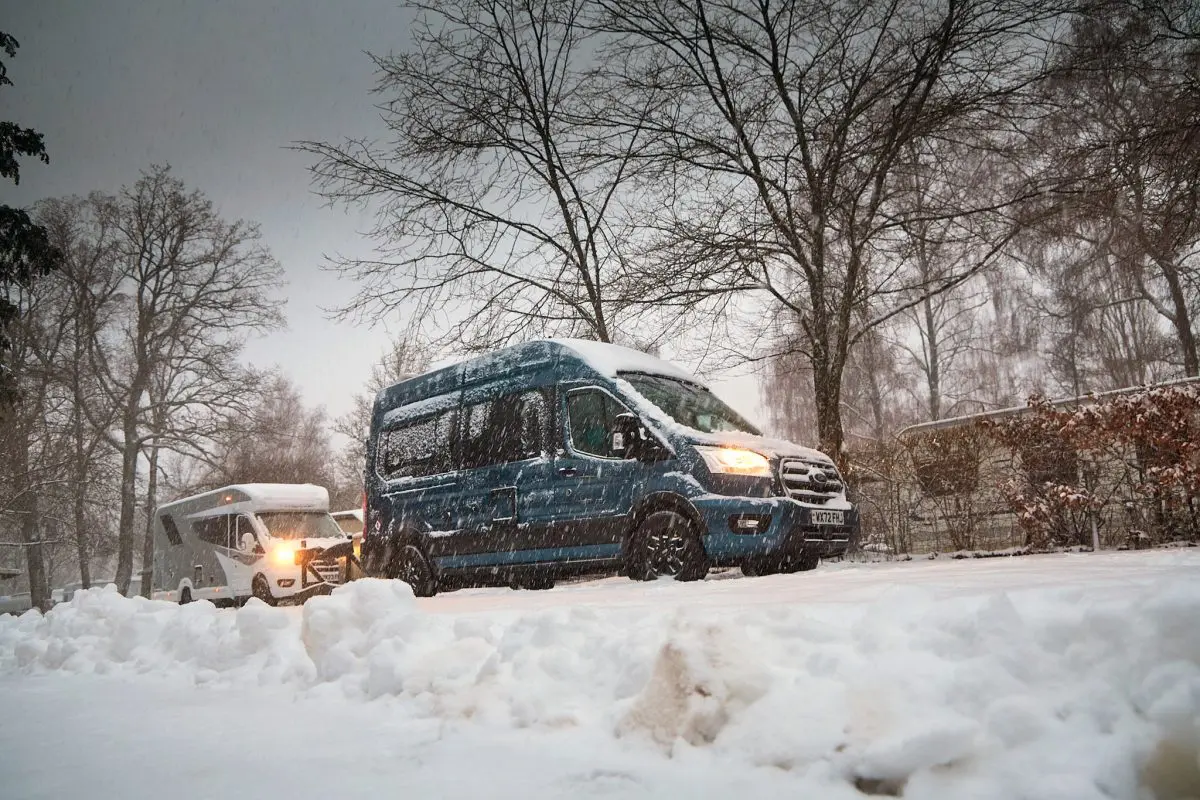
Eventually making it to the Dolomites, the night-time temperatures fell below -20°C, with daytime highs reaching just -7°C – a true test of the onboard systems, especially the new Truma Combi 4 diesel heating. The Grade 3 test not only ensures that leisure vehicles can reach +20°C in sub-zero temperatures, but it also checks for an even spread of warmth. This is an important consideration at night, as despite being in an idyllic Italian location, sleeping safely is paramount when the mercury falls to previously untested levels. We even used the on-board shower at -15°C.
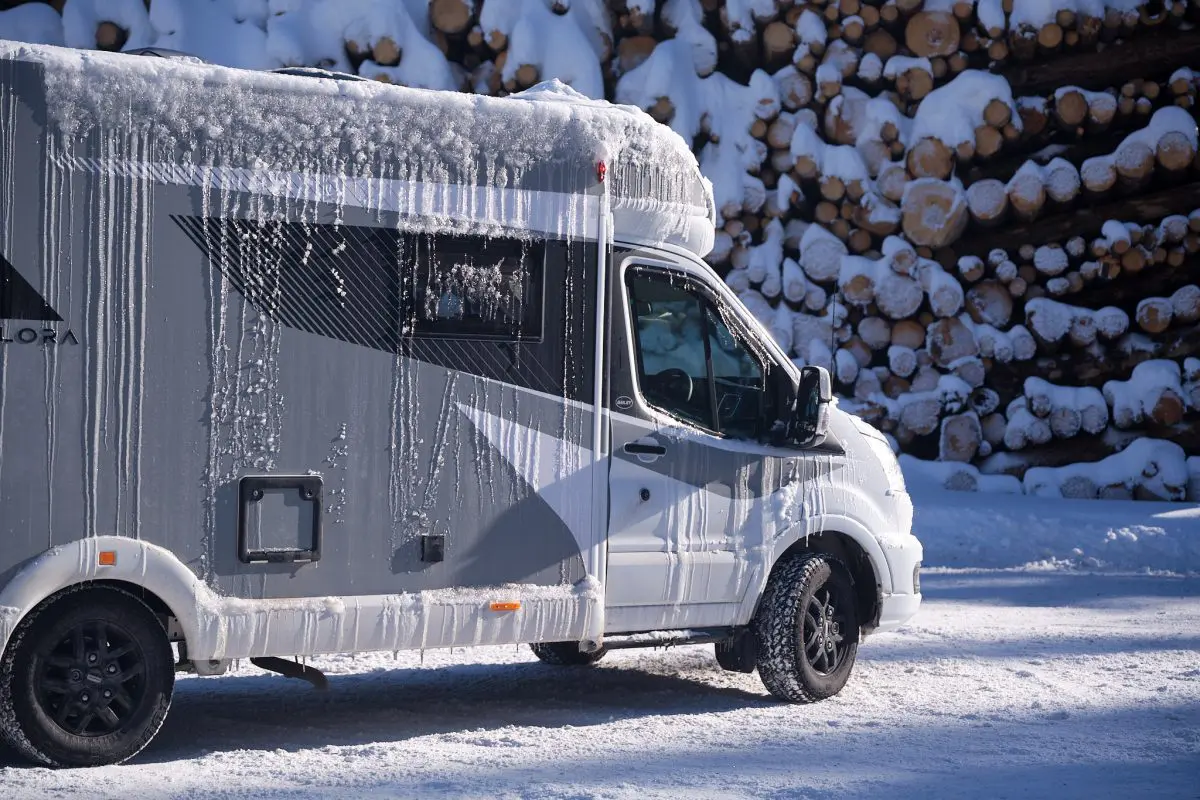
This may sound a trifle keen if your touring calendar begins at Easter and ends in September, but the popularity of winter caravanning increases year-on-year, and it’s tests like this that broaden the spectrum of holiday possibilities. We stayed at Camping Park Sexten for three nights, an absolute gem nestled in the Dolomites. Many leisure vehicle owners accessed the slopes directly from the site – not by car or bus – but by skis. The ubiquitous ride-on lawnmower was replaced by a snow chain-equipped JCB that cleared access roads and dug new pitches when necessary.
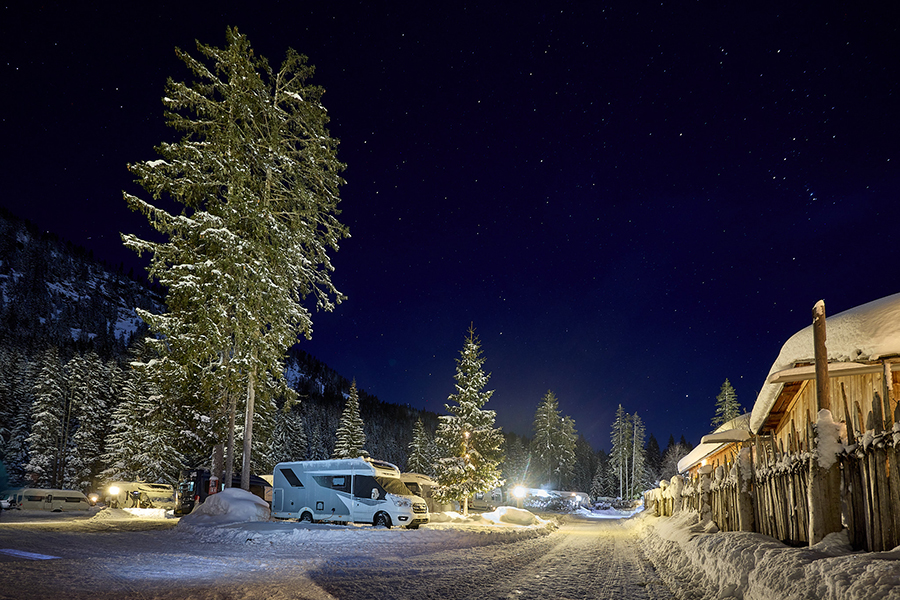
Thanks to the many hours spent designing and testing the insulation and heating systems fitted to every Bailey model, customers can relax comfortably in whatever conditions they choose to tour. For me, sipping tea in the caravan after an appalling performance on the slopes was the easiest part of the entire trip.
Latest news & events
See all news & eventsChipping Sodbury Spring Sales Event
BADMINTON ROAD, CHIPPING SODBURY, BRISTOL
West Country Motorhomes Open Weekend
BRISTOL ROAD, BRENT KNOLL, HIGHBRIDGE, SOMERSET
Swindon, Oxford and Reading Caravan and Motorhome Centre Easter Sales Event
GREATFIELD, ROYAL WOOTTON BASSETT, WILTSHIRE
Grantham's Midlands Caravan & Motorhome Season Ready Show
SPITTLEGATE LEVEL
GRANTHAM
